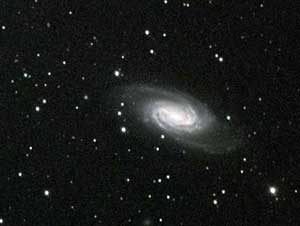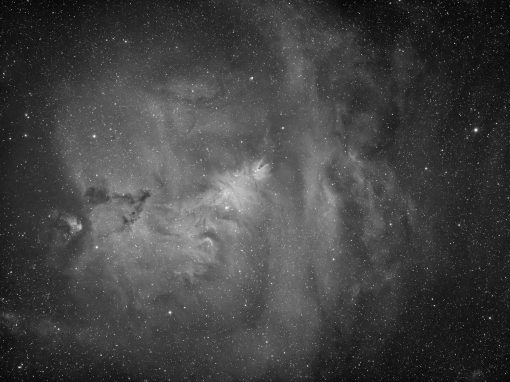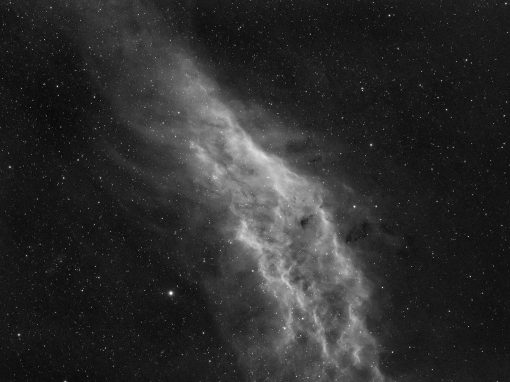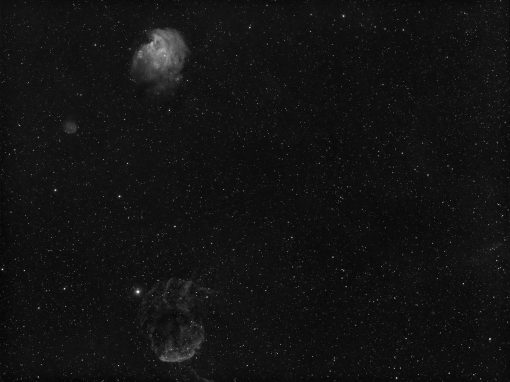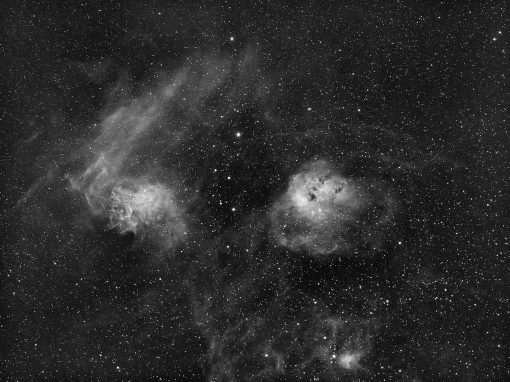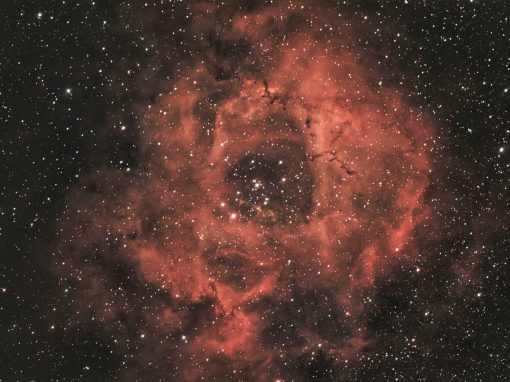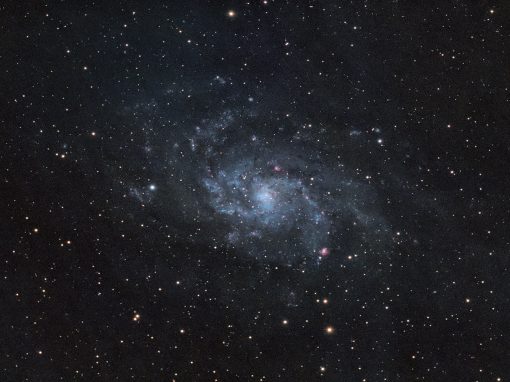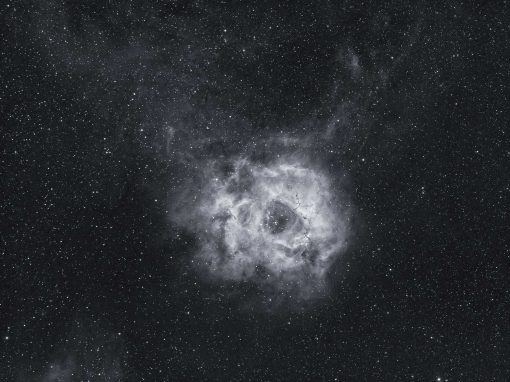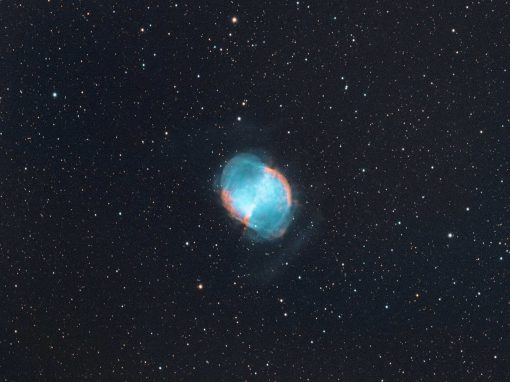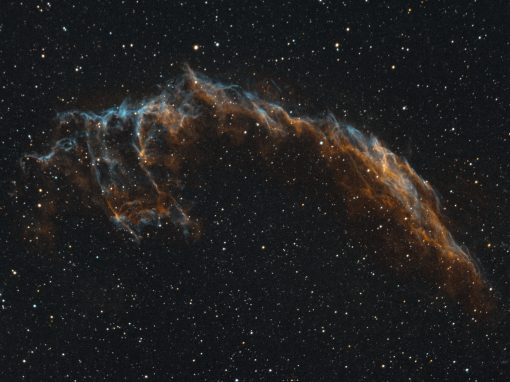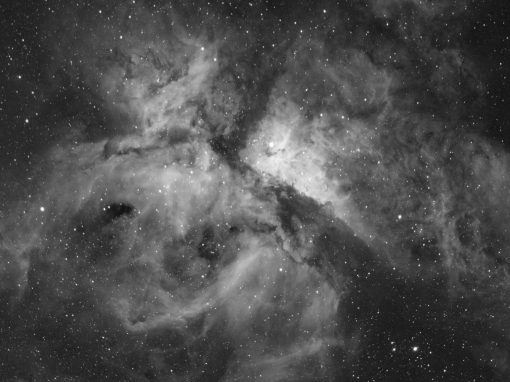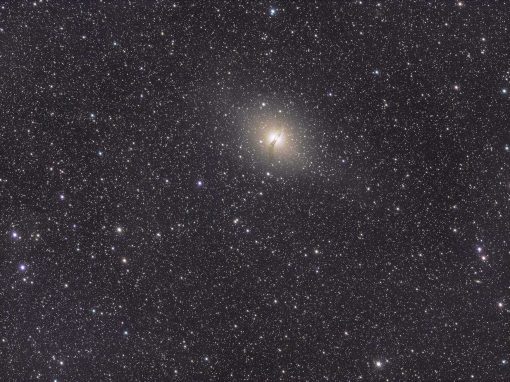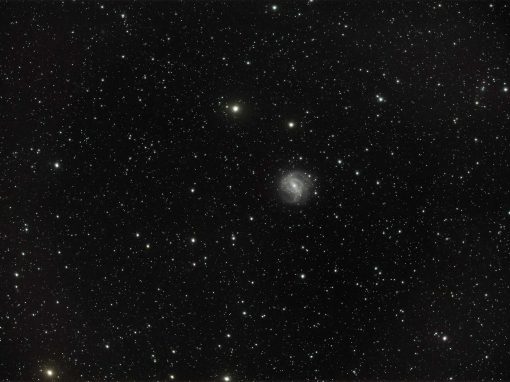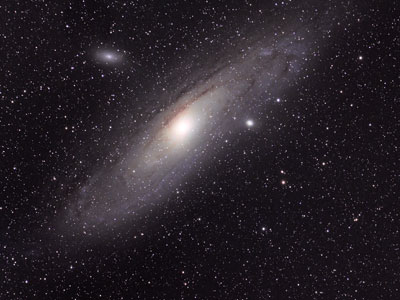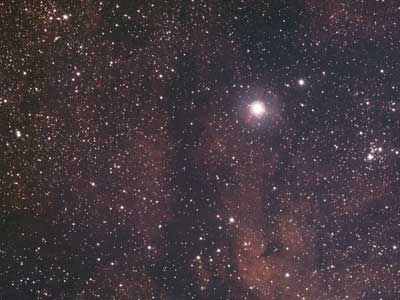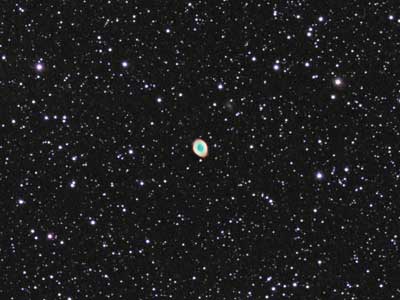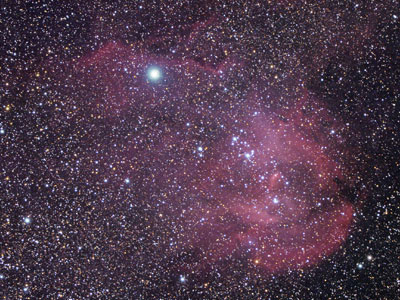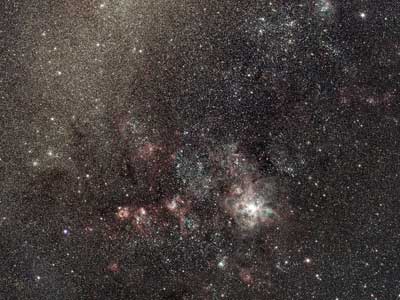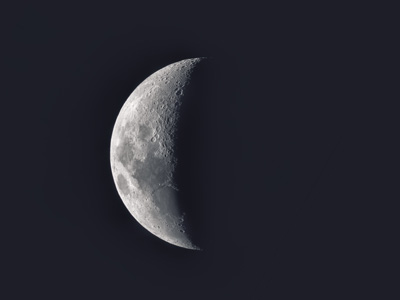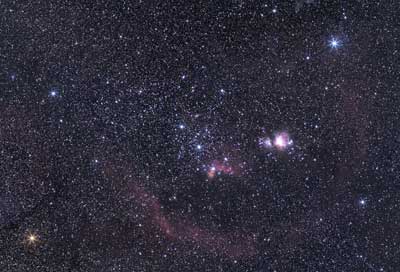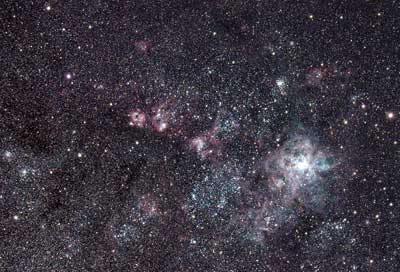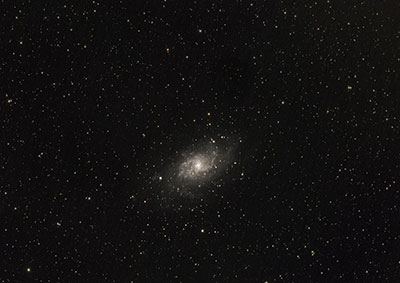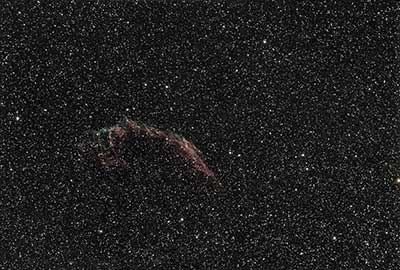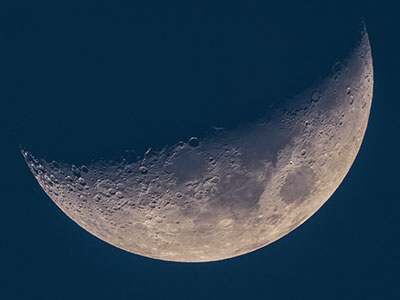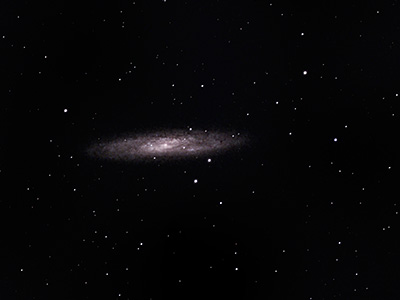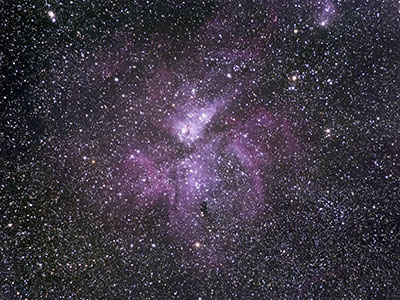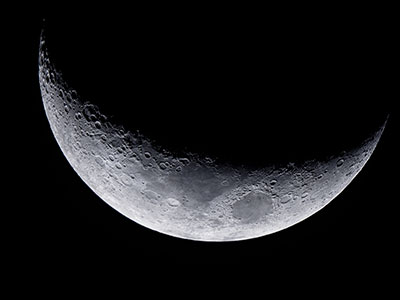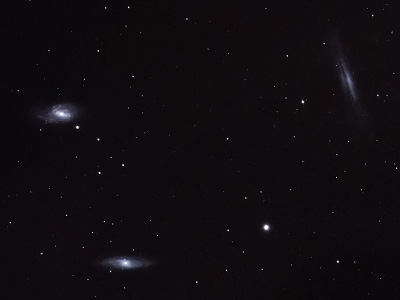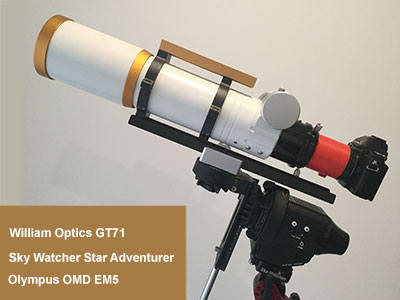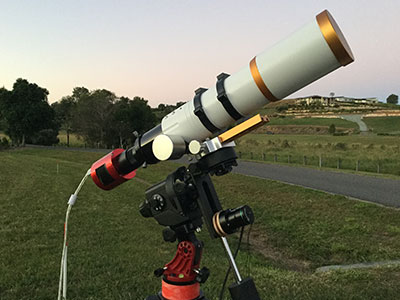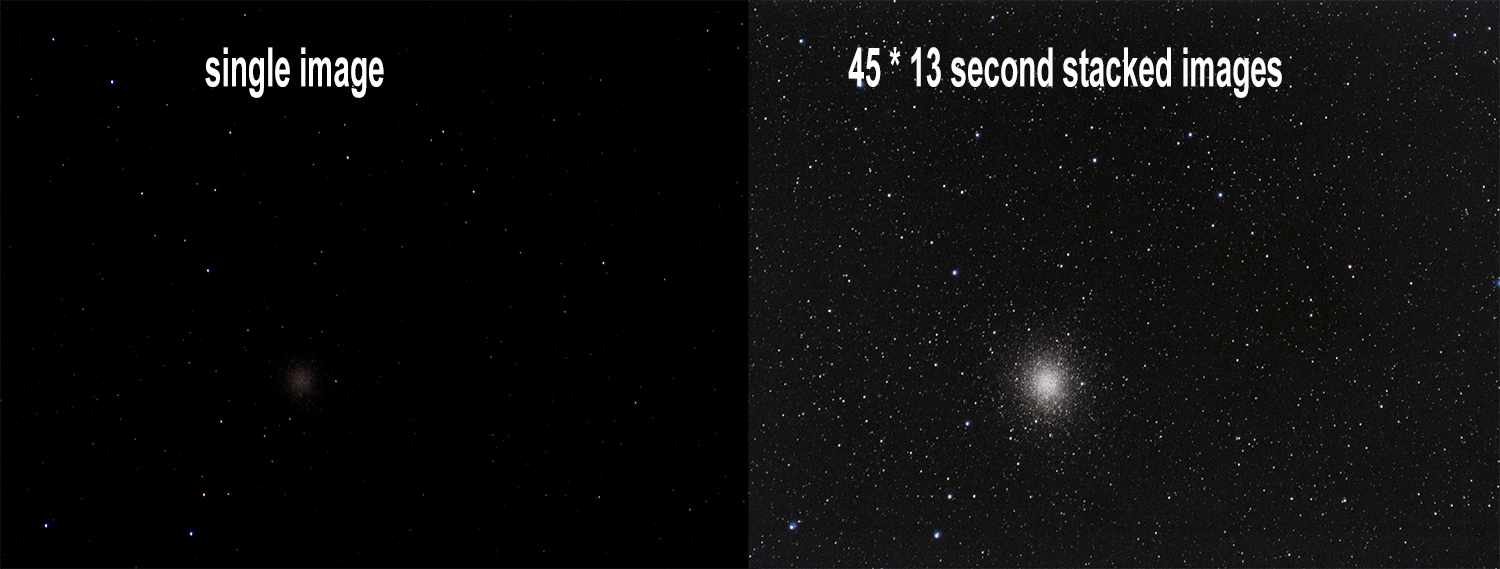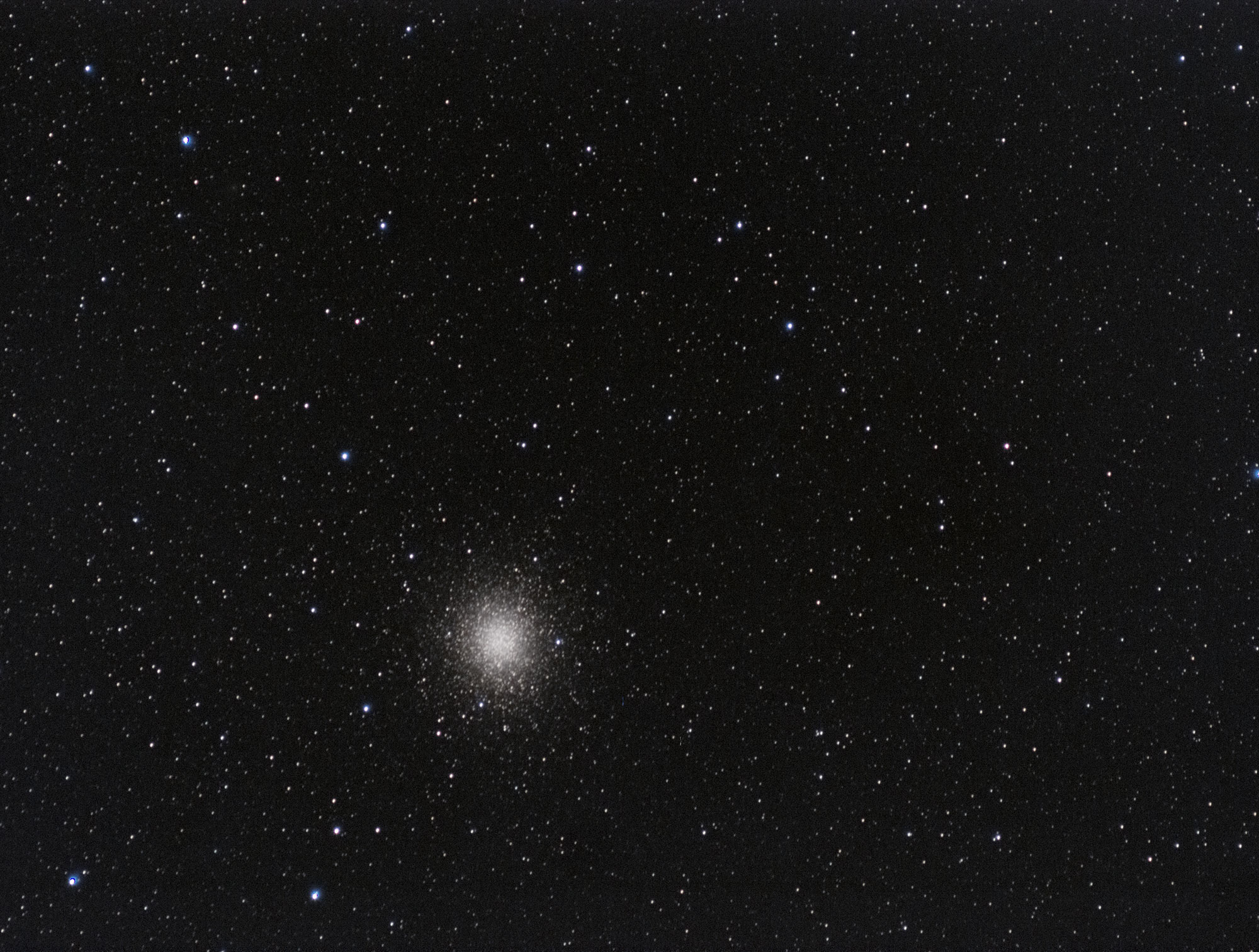
Omega Centauri Astrophotography with ODM EM5
- Camera: OMD EM5 (external intervalometer)
- Mount: Sky Watcher Star Adventurer
- Alignment: PoleMaster
- Guiding: none
- Image: 45 *13 second subs at ISO 1600
- Calibration: AstroPixel Processor, Lights only
- Bortle Class 4 site with 1/2 moon
Astrophotography using an OMD EM5 with vintage OM 300mm lens mounted on SkyWatcher Star Adventurer
Even though the Star Adventurer is designed more for wide field astrophotography, it is still able to be used effectively to capture photographs of galaxies, nebula’s (see an example of Eta Carinae taken with the Olympus OMD EM5 running an Olympus 70-300mm lens) and star clusters using longer focal length lenses provided that the mount is accurately polar aligned and the individual images takes (subs) are kept short. I was imaging from a Class 4 Bortle site so light pollution was not as bad as where I image from in Brisbane, Bortle Class 7.
To be able to locate targets in the sky when using such a long focal length lens (remember a 300mm lens has the same field of view as a 600mm lens on a full frame body) it was necessary to design and 3D print a customer Red Dot Finder to sit on the EM5 Hot shoe. Without the finder, trying to find objects in the sky can be very, very time consuming. Wide field imaging (12mm – 25mm microfour thirds lens) on the other hand, I just aim the camera in the general direction and fire away. A small offset block to mount to the Orion dovetail block was also 3D printed.
The telescope in the background is a William Optics GT 71 running a ZWO ASI 294 MC Pro one shot colour camera or OSC.
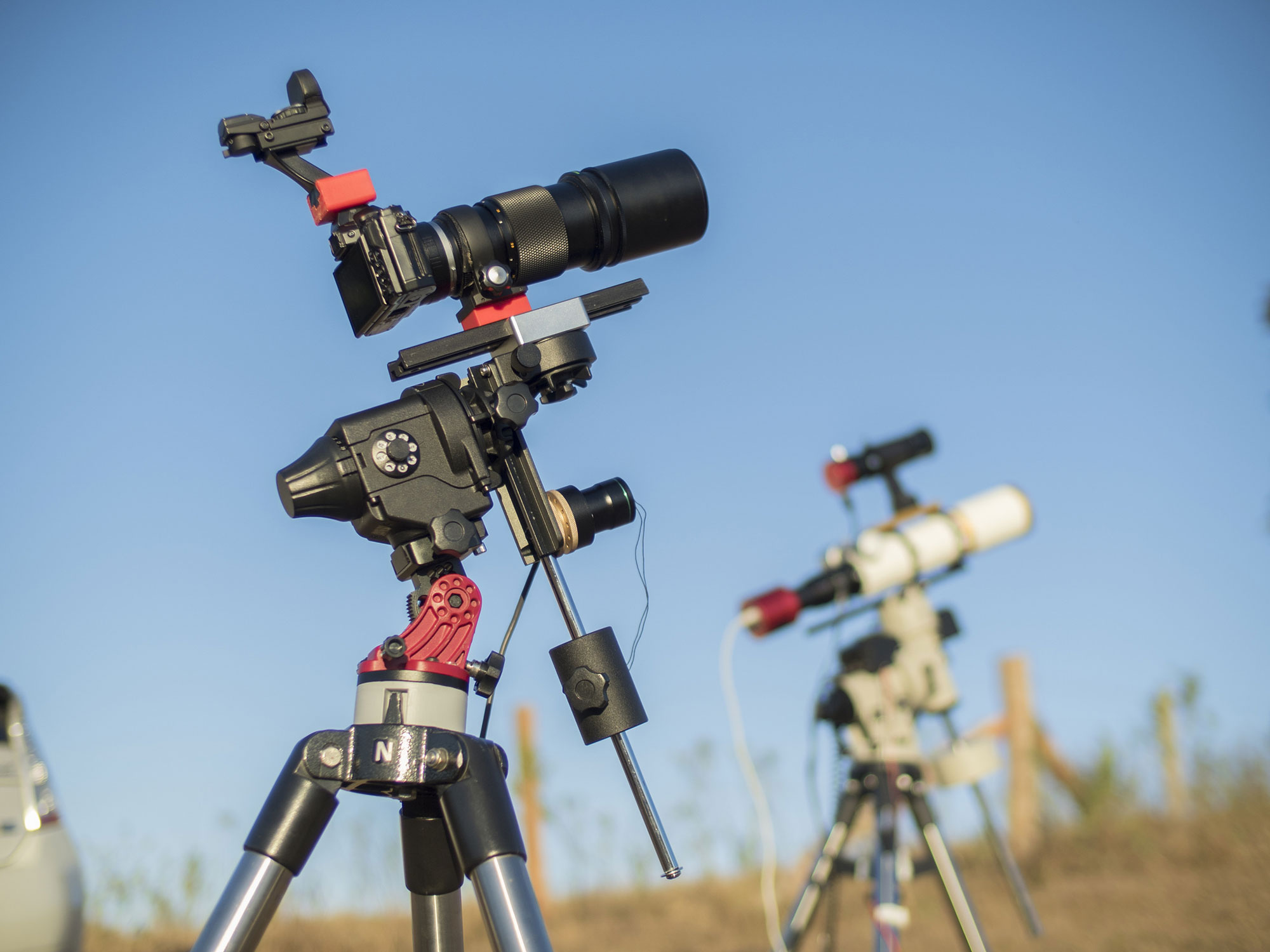
Track and Stack astrophotography
The key to astrophotography is “track and stack”. This means having your imaging train mounted to track your featured object and taking multiple images with the intent of calibrating and stacking to reduce thermal noise, offset bad pixels in the CCD and remove artifacts inherent in the optical path such as “dust bunnies”. The image below is a comparison between a single 13 second exposure taken with the OM5 /300mm OM and the result of stacking 45 * 13 second images.
Light Pollution – astrophotography killer
“Rock and roll aint noise pollution” so sings AC/DC but the spread of sodium vapour lamps and LED streets lights means more and more light pollution. I am fortunate to live in an location where I can drive one hour from my home to get class 4 Bortle skies.
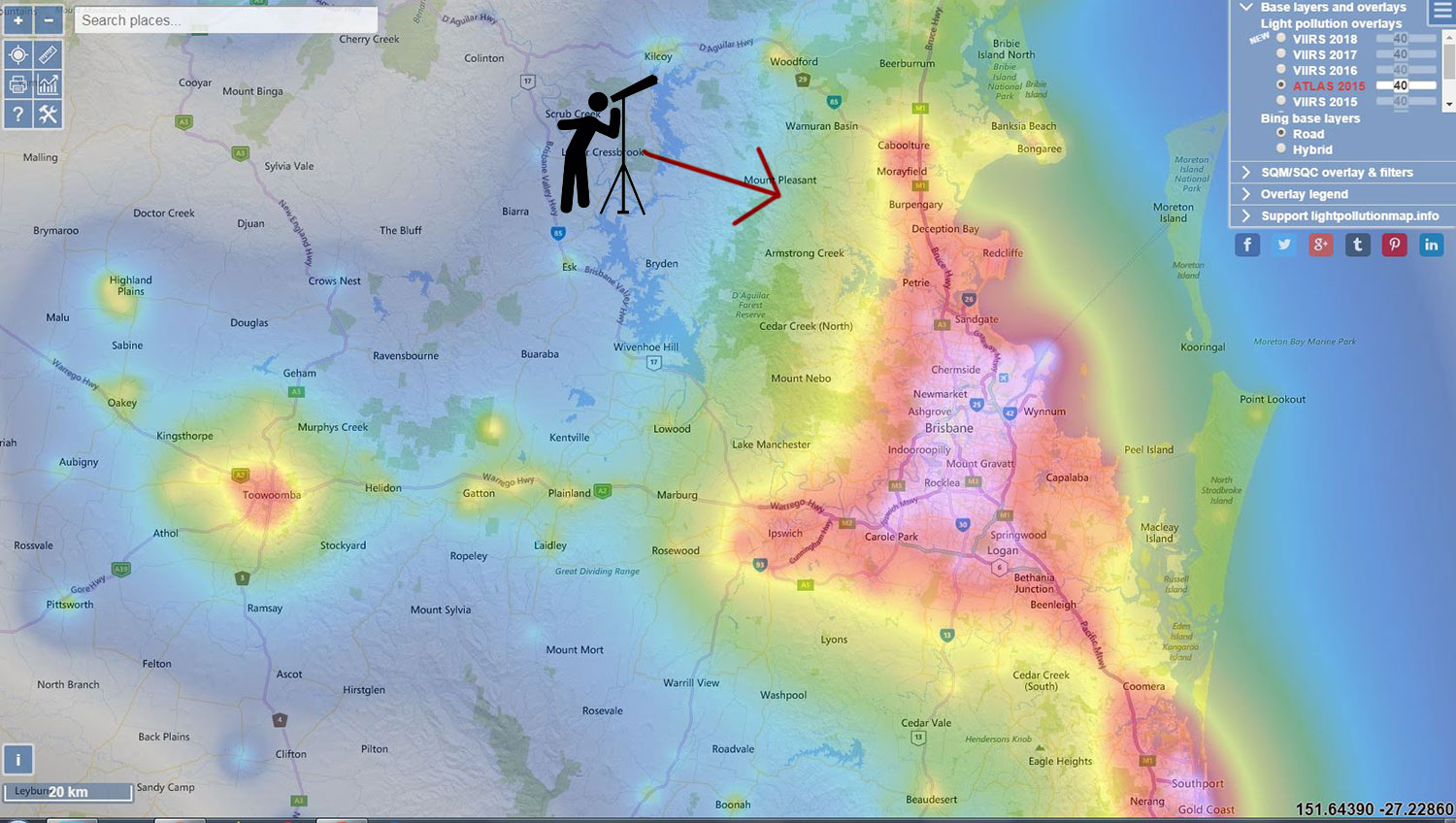
Recent Images
